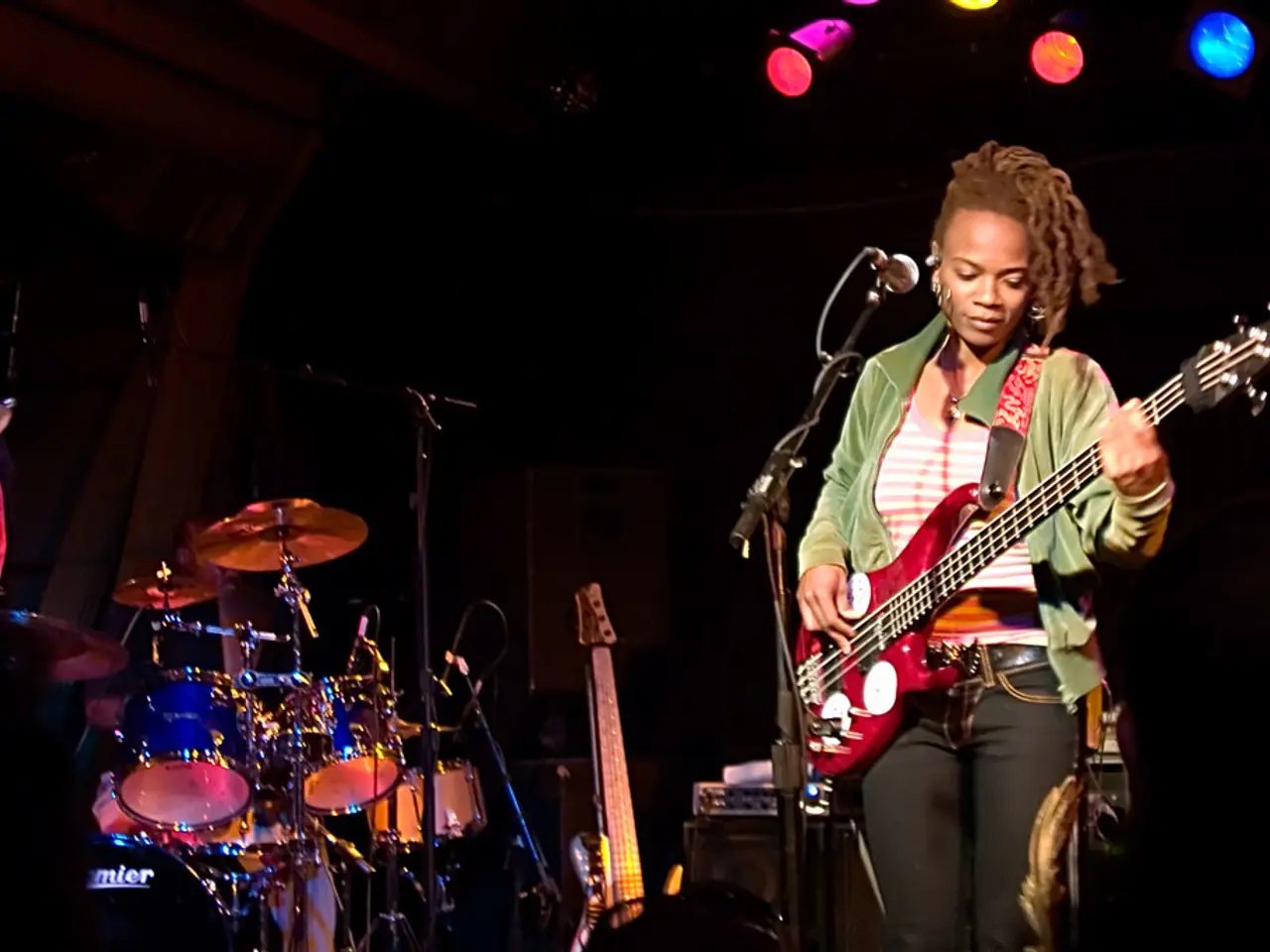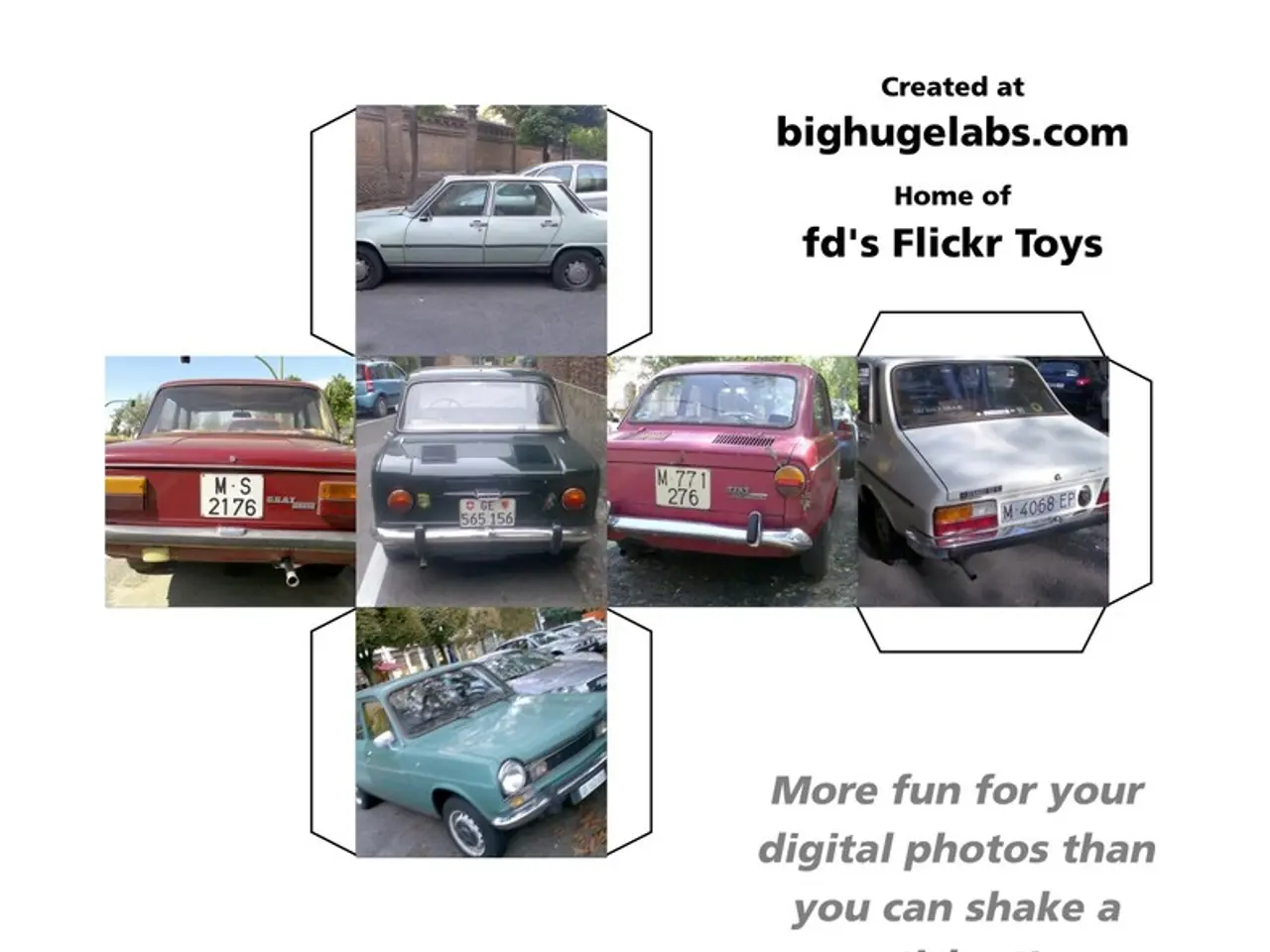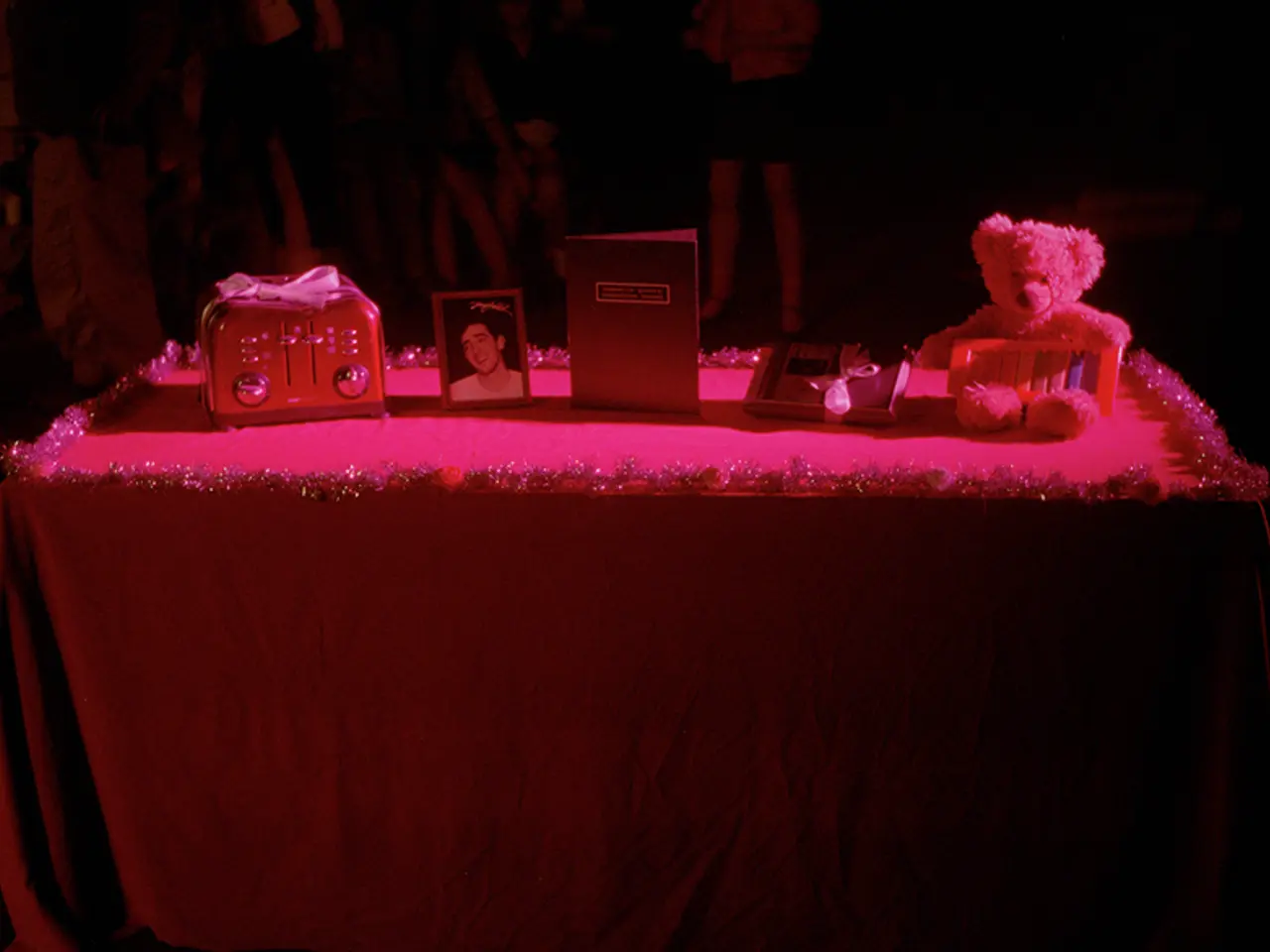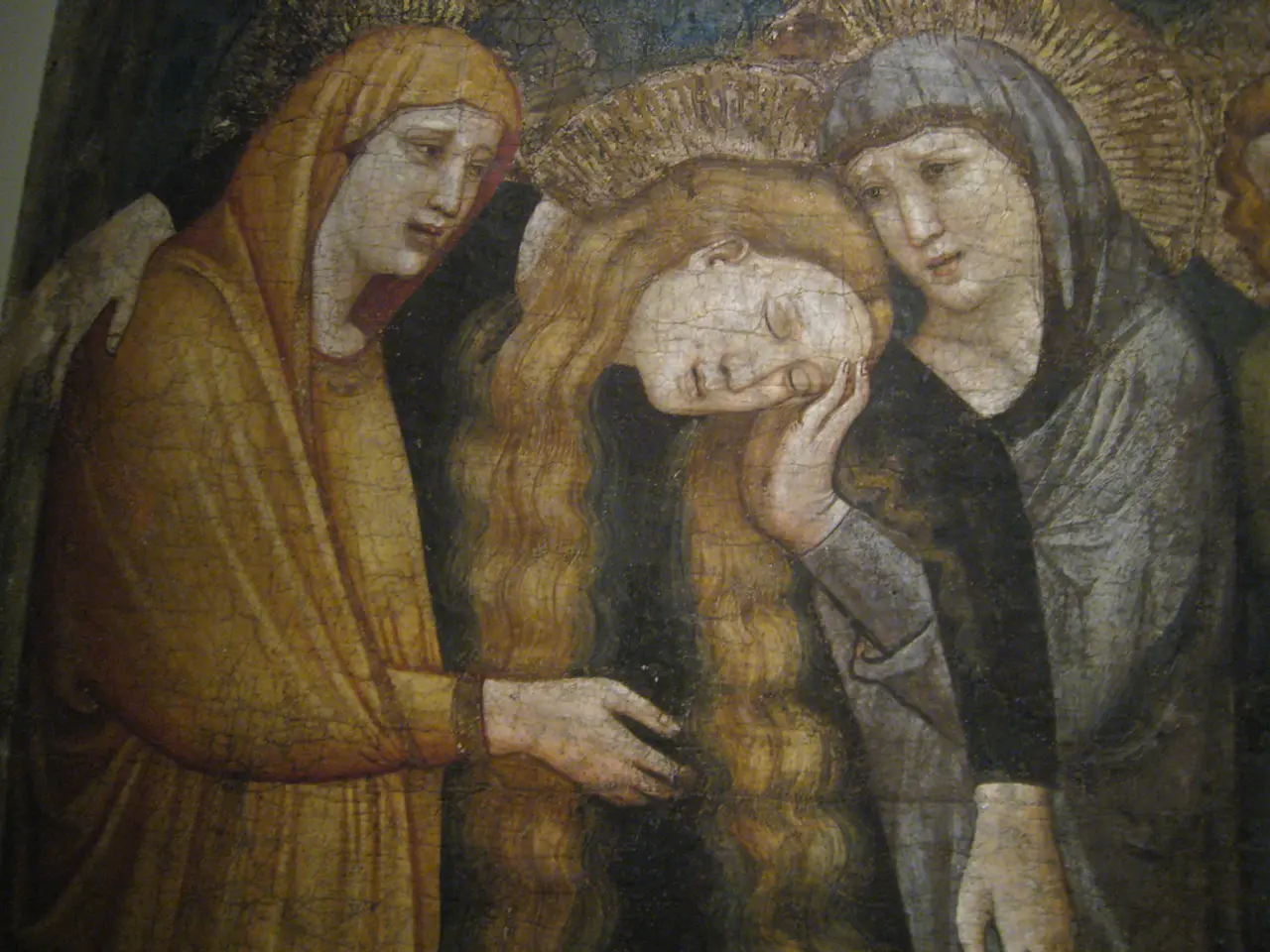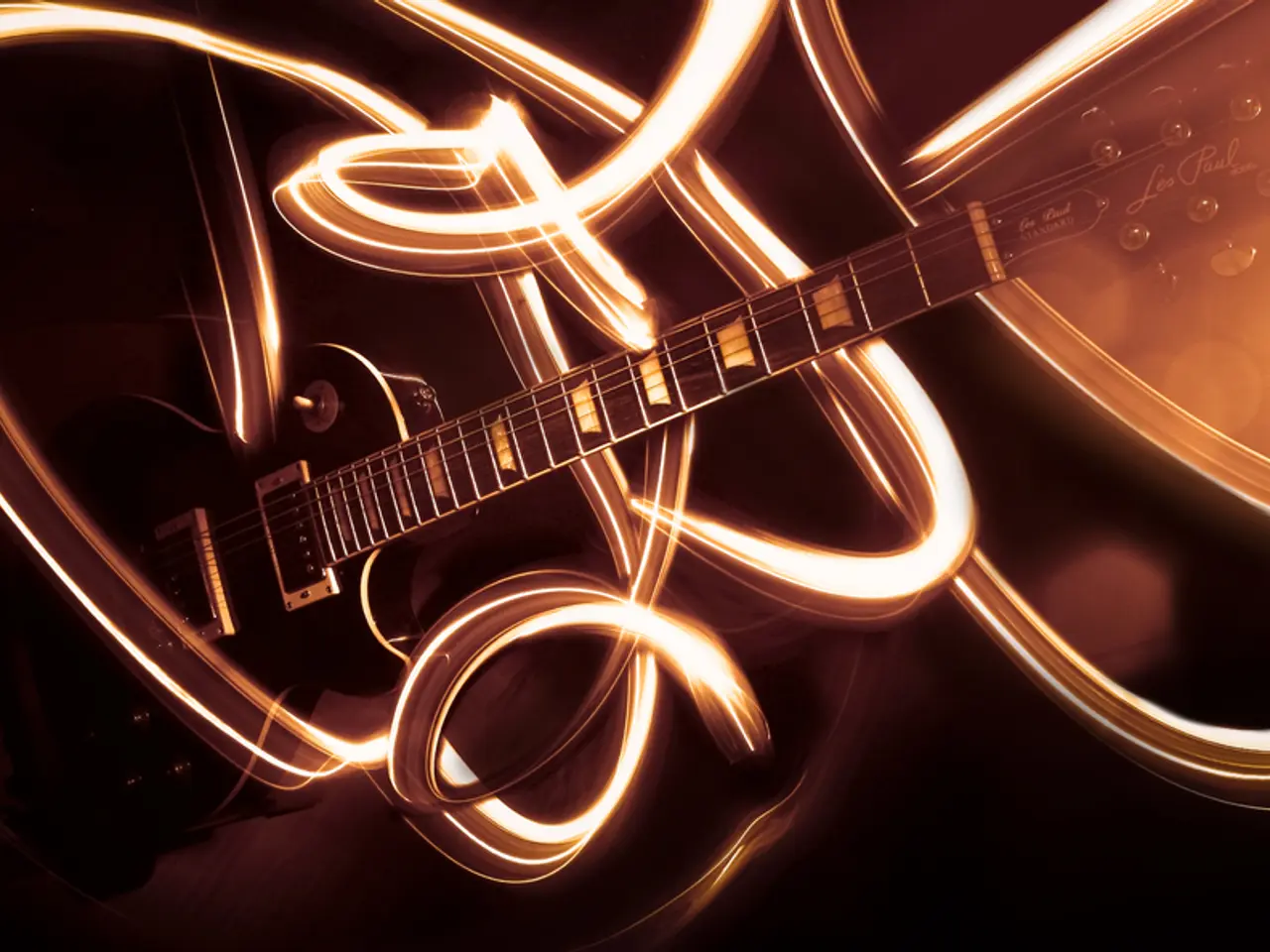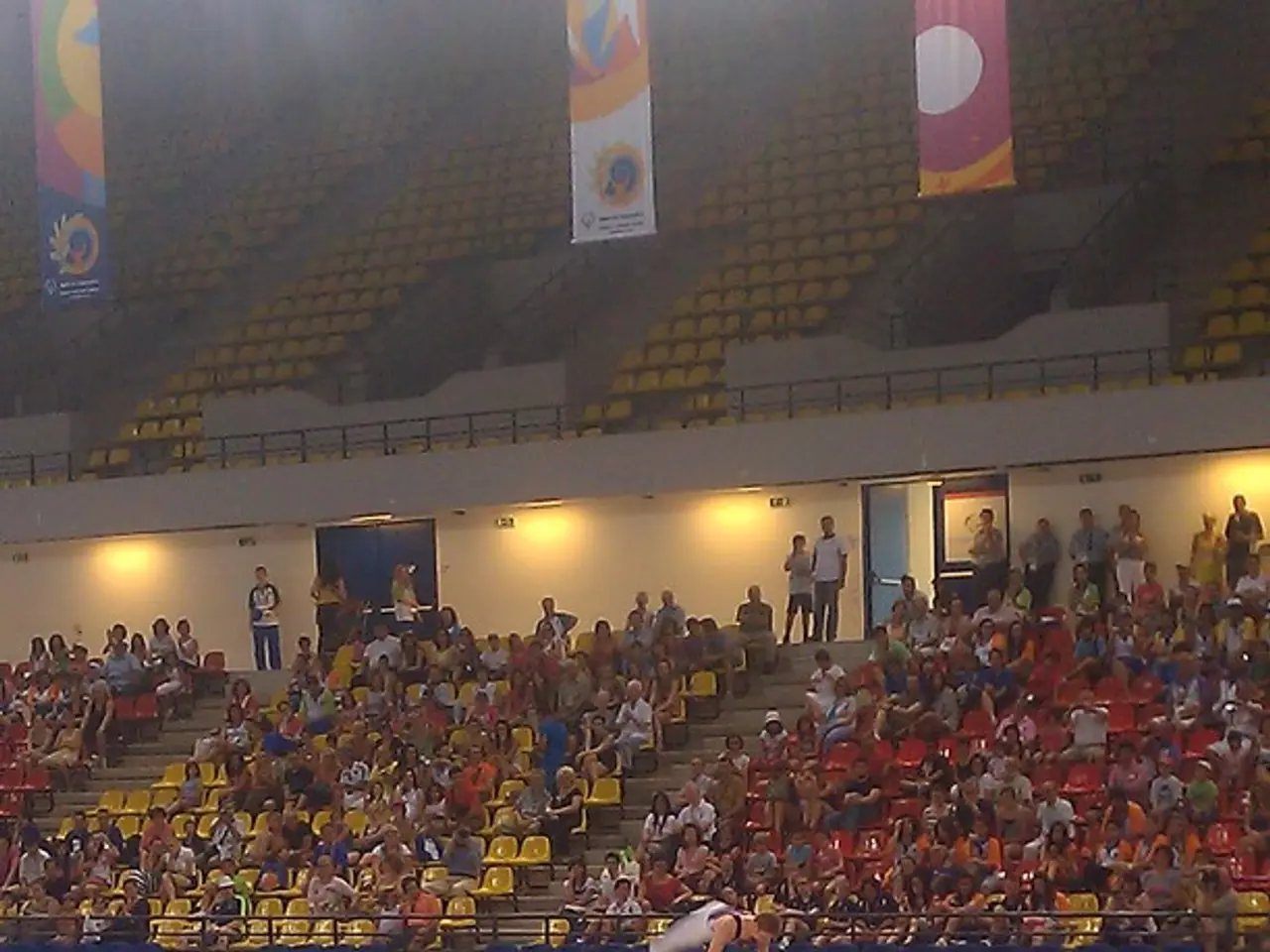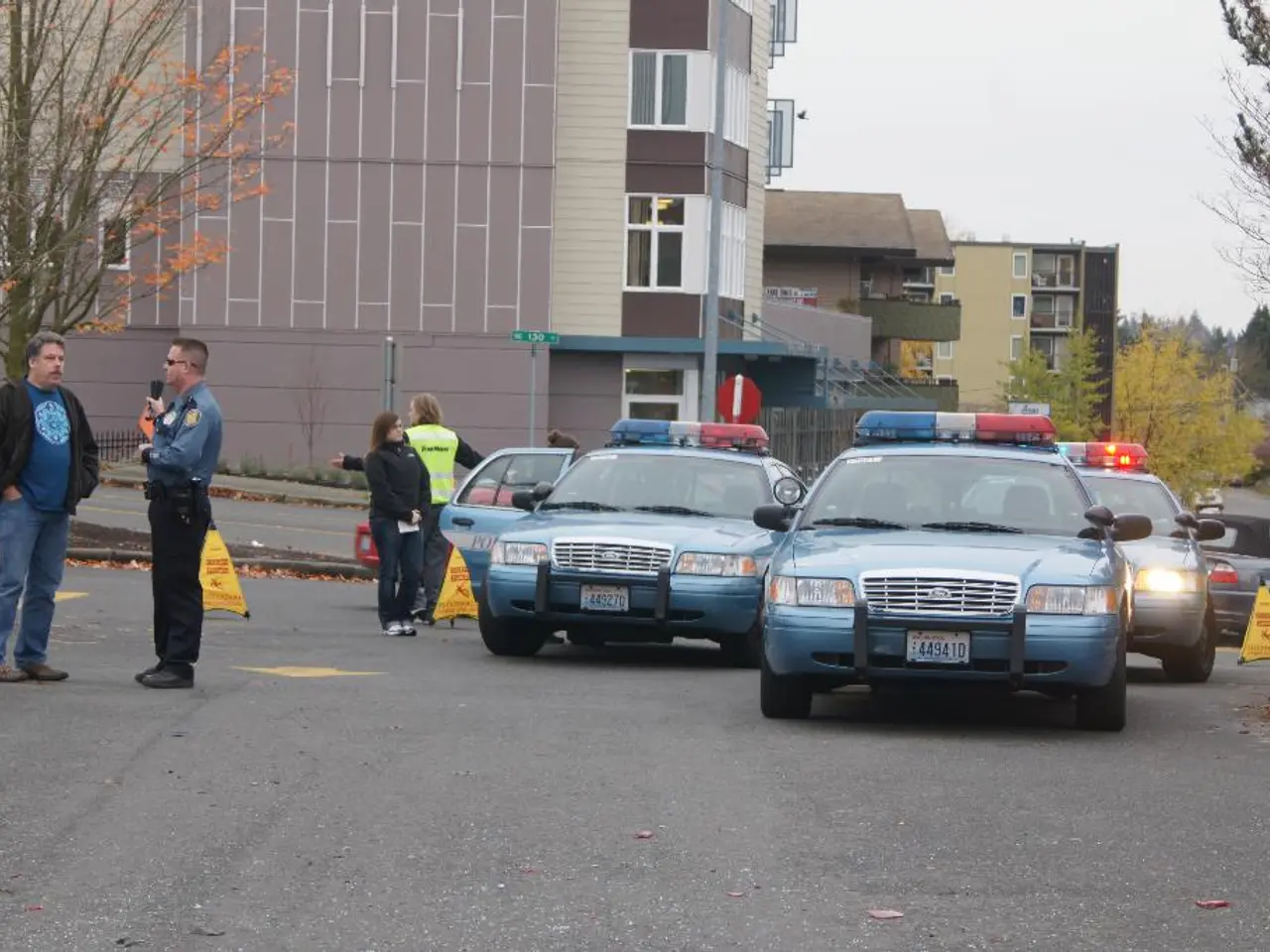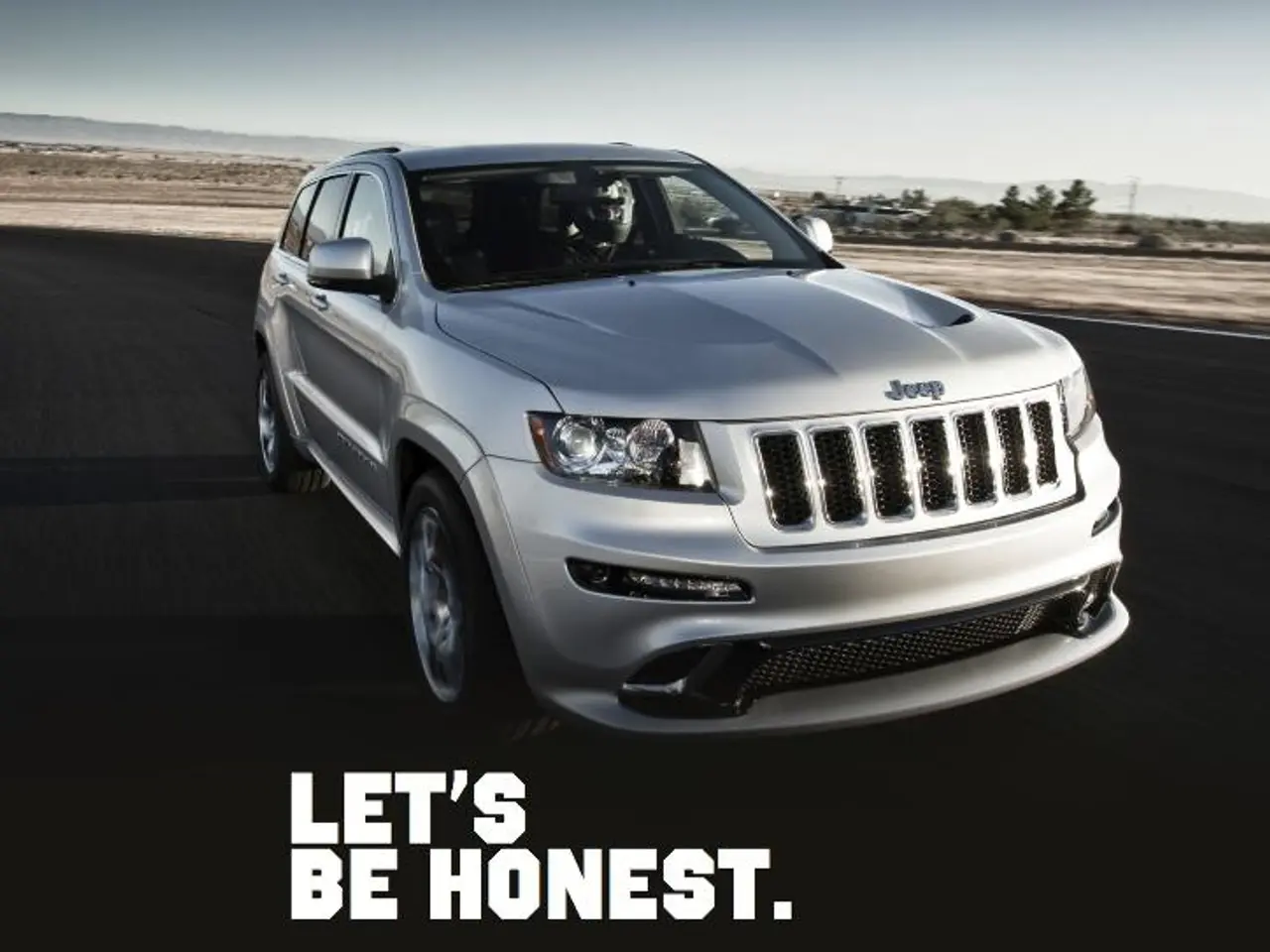Stylistic Exploration through Melodic Trends
From the vibrant streets of New York to the bustling cities of Beirut, music and fashion have been intertwined, creating a unique cultural tapestry that transcends geographical boundaries. Over the decades, various music genres have profoundly influenced fashion trends, with artists often shaping global style that fans and subcultures adopt and adapt.
The 1980s and 1990s saw pop music take centre stage in the fashion world. Icons like Madonna introduced daring looks such as lace gloves, bustiers, and chains that symbolized empowerment and were widely emulated by teenagers globally. Michael Jackson's distinctive military-style jackets and sparkling gloves became streetwear staples. In the Arab world, pop artists like Fairuz and Amr Diab blended traditional and contemporary styles, influencing local fashion scenes with timeless elegance and tailored casual wear.
Hip-hop music, particularly in the 1990s, brought oversized streetwear into mainstream fashion. Artists such as Tupac Shakur, Dr. Dre, and Wu-Tang Clan popularized sagging pants, baggy jeans, bomber jackets, tracksuits, and accessories like gold chains and snapback hats. These trends transcended music fans to impact broader subcultures worldwide, including British chav styles and global sneakerhead communities.
The Britpop scene of the mid-1990s revived 1970s-inspired fashion, including Mod haircuts, aviator sunglasses, denim jackets, and Union Jack motifs, inspired by bands like Oasis and Blur. The rise of celebrity culture in the late 1990s and early 2000s further cemented music stars as fashion trendsetters. Award shows, music videos, and magazines helped disseminate these styles as status symbols, with celebrities shaping high-end and streetwear trends.
In recent years, collaborations between pop artists and hip-hop influences have produced fashion looks—from oversized bombers to sneakers and graphic tees—that cross cultural and geographical boundaries. Hip-hop has had a profound impact on streetwear and urban fashion, with a diverse range of choices including oversized clothing, sneakers, luxury brands, and designer labels.
The future of collaboration between fashion and music is expected to be innovative, with more collaborations focusing on ethical practices and environmentally friendly initiatives. Musicians are increasingly using their platforms to advocate for social change and promote diversity within the fashion industry. Electronic dance music (EDM) is known for its bright colors, bold patterns, and futuristic aesthetics, influencing festival fashion.
Music videos have become an important platform for artists to showcase their personal style and make a statement through their fashion choices. Fashion brands collaborate with musicians in various forms, such as creating capsule collections or limited-edition pieces. Fashion plays a crucial role in music videos, serving as a visual representation of the song's message or the artist's persona.
Music festivals have also impacted the way fashion brands market and sell their products, with many offering specific festival collections. Festival fashion has influenced mainstream trends, with elements of festival style appearing in everyday wardrobes. The relationship between fashion and music icons is symbiotic, with both industries influencing and inspiring each other.
In conclusion, the relationship between music and fashion is a dynamic and evolving one. From the rebellious rock and roll fashion of the past to the innovative collaborations of today, music continues to set the tone for popular fashion choices. As we look to the future, it's clear that the fusion of these two powerful forces will continue to shape the landscape of both industries.
Fashion and beauty, entertainment, and lifestyle sectors have been strongly influenced by music over the decades, with pop music in the 1980s and 1990s shaping iconic fashion trends such as Madonna's lace gloves, bustiers, and chains, while hip-hop music popularized oversized streetwear like baggy jeans, bomber jackets, and snapback hats. Today, artistic collaborations focus on promoting ethical practices and environmentally friendly initiatives, and electronic dance music continues to shape festival fashion with its bright, bold patterns and futuristic aesthetics.
